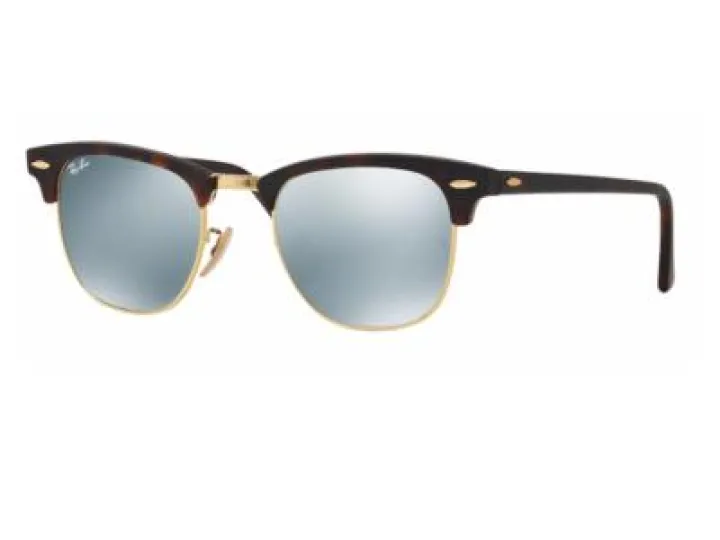Ray-Ban sunglasses down the decades
Ray-Ban has been making sunglasses for well over 75 years, and one of its greatest achievements is that it has stayed at the top for so long.
Fashions come and go, but Ray-Ban is an iconic brand that has outlasted them all, carving a unique niche in the world of high fashion sunglasses.
Down the decades Ray-Ban has earned a reputation for design, style and performance that makes the brand recognisable almost all over the world.
It is hard to believe that the Ray-Ban brand has been leading the world since 1937 and it's interesting to mark the many milestones on the journey to success.
Ray-Ban started life at the forefront of eyewear technology and quickly came to dominate the market. The brand managed to combine performance and style in a way that no other sunglasses manufacturer could match.
It almost lost its way when the name went down market and lost its unique appeal. Fortunately, the famous brand found its feet again under new ownership and is back in the frame as the flagship brand of Luxottica.
After a couple of decades of celebrity endorsement and worldwide publicity events, it looks like Ray-Bans are going back to basics and pushing the technology to the limits to ensure Ray-Bans not only appeal to the fashion conscious but deliver outstanding performance in the eyewear market.
The early years
Trader John Bausch first started a small business trading in optical goods in New York well before the turn of the century, with finance provided by his partner Henry Lomb.
The Bausch & Lomb (B&L) business went well, and the two opened a shop selling imported spectacles and other optical instruments like microscopes and binoculars. Before long they had expanded into telescopes and photographic lenses.
The first big breakthrough came when Bausch's son William developed a fast track technique for making lenses directly from molten glass without the need for expensive, time-consuming polishing and grinding.
When World War One broke out in 1914 the demand for glass lenses went through the roof as demand grew from the military for optical instruments.
History repeated itself in World War Two with orders pouring in for gunsights, periscopes, searchlights and more. It was during this time that Bausch & Lomb developed sunglass lenses to help reduce the glare suffered by US Air Force pilots on flying missions.
Catching the public imagination
The prototype sunglasses were not only hot with US pilots. High ranking military officers took a shine to them too, and it wasn't long before they were being photographed wearing the trademark teardrop-shaped sunglasses called Aviators.
Ray-Bans were soon synonymous with the glamorous ethos of fighter pilots, and the public began to clamour for more. In the post-war years, Ray-Bans began to be worn by Hollywood celebrities and, along with the movies, they spread around the world.
The company cashed in on the fame of their Aviator eyewear with follow-up styles like Shooter, Outdoorsman and Wayfarer, taking full advantage of the development of new synthetic moulded plastics.
Lens technology also improved and Ray-Ban developed its cutting edge G-15 lenses in 1957, which not only offered exceptional protection against sunlight glare but also had the capacity to retain correct colour vision.
With the eruption of pop culture in the 1960s, the Ray-Ban range exploded with more than 50 models on the shelves, many aimed at the growing female market. Business boomed over the following decades, but things were soon to change.
The Luxottica revolution
By the 1990s the magic of Ray-Bans began to fade as B&L went down-market with cheaply made models sold at discount prices in corner store across America.
After decades of groundbreaking eyewear, the Ray-Ban brand looked old-fashioned and behind the times. In 1998 it was sold to the eyewear division of Italian conglomerate Luxottica.
Luxottica immediately began turning the Ray-Ban brand back into a must-have fashion accessory. Ray-Bans were redesigned and heavily promoted as a must-have accessory.
New ranges were launched including sunglasses for the female and child market while top-name celebrities were hired to make Ray-Bans look cutting edge. Indie rock bands notably promote the overhaul of the iconic Wayfarer as the now famous 'Never Hide. Advertising campaign harnessed the youth market.
Luxottica's marketing department moved into overdrive as Ray-Ban sales soared and campaigns mushroomed as innovation became the byword. Wayfarer fans were encouraged to add their personal mark and buyers could even have New York subway maps printed on them
And all the time, Luxottica took advantage of new technologies, launching carbon fibre frames, polycarbonate and crystal glass lenses with special coatings to eliminate glare and provide 100 UV light protection.



